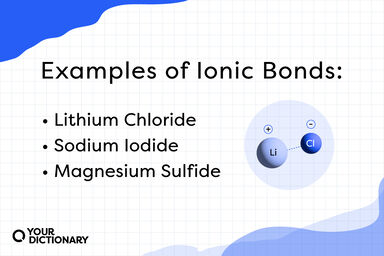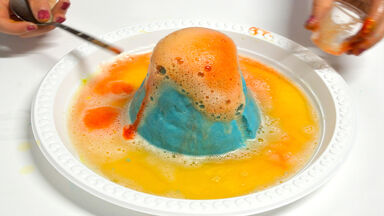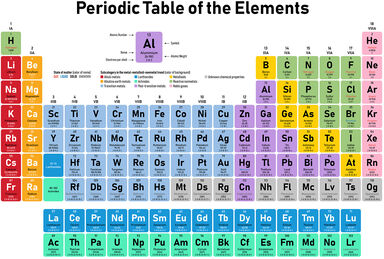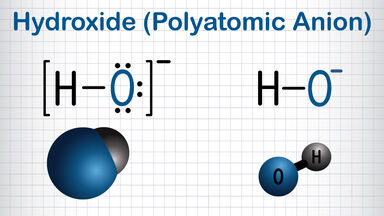Barium Definition
bârē-əm, băr-
noun
A soft, silvery-white or yellowish-white alkaline-earth metal, used to deoxidize copper and to absorb trace gases in vacuum tubes, and used in various alloys. Atomic number 56; atomic weight 137.33; melting point 727°C; boiling point 1,897°C; specific gravity 3.62; valence 2.
American Heritage
A silver-white, slightly malleable, metallic chemical element, one of the alkaline-earth metals, found as a carbonate or sulfate and used in alloys: symbol, Ba; at. no. 56
Webster's New World
A soft, silvery-white or yellowish-white alkaline-earth metal, used to deoxidize copper and to absorb trace gases in vacuum tubes, and used in various alloys. Atomic number 56; atomic weight 137.33; melting point 727°C; boiling point 1,897°C; specific gravity 3.62; valence 2; symbol Ba.
American Heritage Medicine
A radiopaque solution containing barium sulfate that is used to visualize the gastrointestinal tract on x-rays.
American Heritage Medicine
A metallic chemical element (symbol Ba) with an atomic number of 56.
Wiktionary
Synonyms:
- atomic number 56
- ba
Origin of Barium
-
From baryta + -ium.
From Wiktionary
bar(yta) –ium
From American Heritage Dictionary of the English Language, 5th Edition
Find Similar Words
Find similar words to barium using the buttons below.





